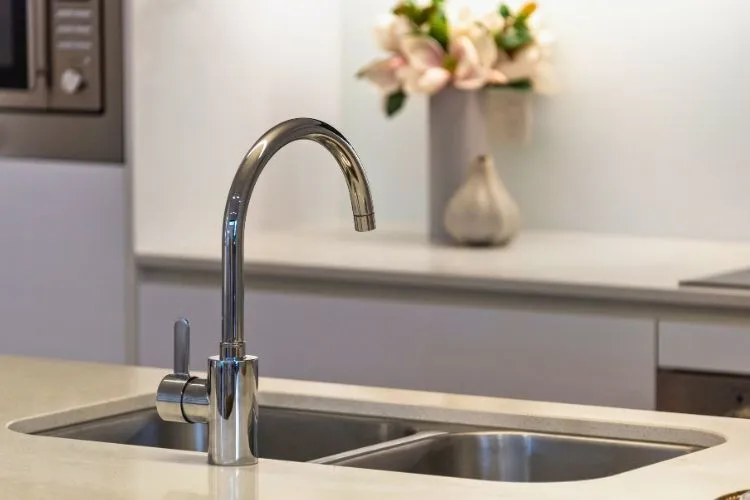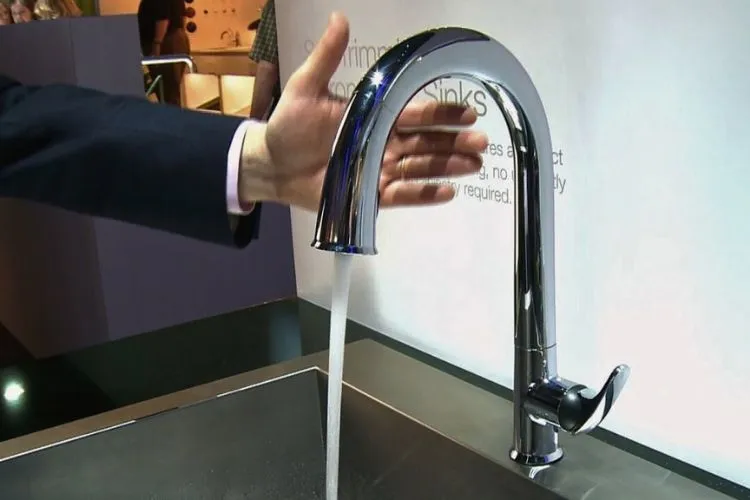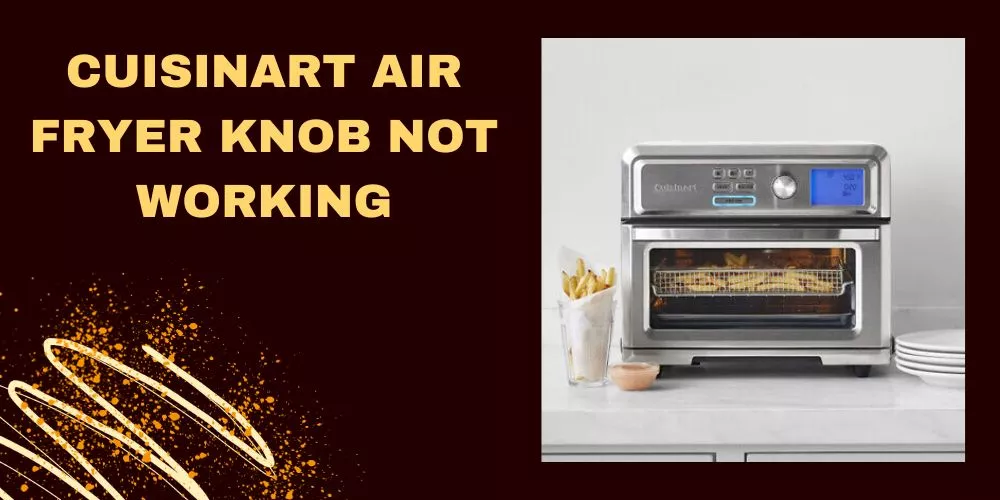The evolution of kitchen and bathroom fixtures has paved the way for innovations aimed at enhancing hygiene, convenience, and water conservation.
Among these advancements, smart faucets have emerged as a pivotal upgrade for modern homes.
This touchless vs motion faucet article delves into these two prominent types of smart faucets, unraveling their functionalities, advantages, and how they differ from each other.

What are Touchless Faucets?
Touchless faucets, as the name suggests, operate without the need for physical contact. They typically employ sensors to detect the presence of hands or objects, triggering water flow automatically.
These faucets are equipped with essential components such as sensors, a solenoid valve, and a power source, which work in unison to provide a seamless user experience.

Types of Sensors Used
The sensors embedded in touchless faucets can be infrared, capacitive, or ultrasonic. Each type has its unique way of detecting presence or motion.
Infrared sensors measure the infrared light bouncing off objects, capacitive sensors detect changes in electrical fields, and ultrasonic sensors utilize sound waves. The choice of sensor affects the faucet’s sensitivity and efficiency.
Advantages
The primary benefits of touchless faucets include enhanced hygiene, as they minimize the spread of germs by eliminating the need to touch the faucet handles.
They also contribute to water conservation, as they control water flow more accurately and shut off automatically. Furthermore, they offer convenience, especially in busy kitchen environments or for individuals with mobility issues.
Disadvantages
Despite their benefits, touchless faucets come with drawbacks. They are generally more expensive than traditional faucets, both in terms of initial cost and installation.
Additionally, they require regular maintenance, including battery replacements, and can be prone to accidental activations or sensitivity issues.
What are Motion Faucets?
Motion faucets, also known as gesture-controlled faucets, respond to specific hand movements or gestures near the faucet head.
Unlike touchless faucets, which activate with any form of presence, motion faucets require deliberate actions, such as waving a hand, to start water flow.

Types of Motion Detection Technologies
These faucets utilize advanced motion-detecting technologies, such as optical sensors, to interpret hand movements. The technology behind these faucets is designed to distinguish between different gestures, providing a more interactive user experience.
Advantages
Motion faucets offer several advantages, including an intuitive user experience through gesture control, which can be particularly appealing in modern or high-tech kitchen environments.
Like touchless faucets, they also promote hygiene and help conserve water. Their sophisticated technology can further reduce unintentional water usage, making them an eco-friendly option.
Disadvantages
On the downside, motion faucets can be expensive and may require a significant upfront investment. The installation process can be complex, depending on the existing plumbing system.
Additionally, they might face technical issues, such as limited detection range or delayed responsiveness, which can affect user satisfaction.
touchless vs motion faucet: A Detailed Comparison
Functionality and User Experience
Touchless and motion faucets differ mainly in how they detect user interaction. Touchless faucets are activated by the mere presence of hands, while motion faucets require specific gestures.
This difference can influence the user experience, with motion faucets offering more control but potentially requiring a learning curve.
Installation and Maintenance
Both types of faucets may present challenges in installation, especially for those not compatible with existing plumbing systems. However, touchless faucets are generally easier to integrate into a variety of settings.
Maintenance for both involves regular checks, but touchless faucets may require more frequent attention due to their sensor sensitivity.
Cost and Longevity
The initial and operating costs of these faucets vary, with motion faucets typically being more expensive due to their advanced technology. However, the long-term value should be considered in light of their durability and potential water savings.
Suitability for Different Environments
The choice between touchless and motion faucets depends on the setting and user needs. Touchless faucets are suitable for high-traffic areas like public restrooms, while motion faucets might be better suited for residential or less crowded environments.
How to Choose the Right Faucet for Your Needs?

Assessing Your Requirements
Choosing the right smart faucet requires an understanding of your specific needs. Consider the users, the type of environment (home, public space, etc.), and your water-saving goals. Also, evaluate your budget and the compatibility of the faucet with your current setup.
Features to Look For
When selecting a faucet, look for features that match your preferences, such as durability, sensor type, and battery life. Also, consider the ease of installation and the faucet’s compatibility with your sink and plumbing.
Pro Tips for Making an Informed Decision
Consulting with industry experts and reading reviews can provide additional insights into the best faucet for your situation. Be aware of common pitfalls, such as choosing a faucet with overly sensitive sensors or one that is incompatible with your sink.
Frequently Asked Questions (FAQs)
Can touchless or motion faucets be used with any type of sink?
Not all faucets are compatible with every sink type, so it’s important to check compatibility before purchasing.
How do environmental factors affect the performance of touchless and motion faucets?
External factors, such as lighting and reflective surfaces, can impact the sensors’ effectiveness.
What are the most common issues faced with touchless and motion faucets, and how can they be resolved?
Common issues include sensor sensitivity and battery life. Regular maintenance and following manufacturer guidelines can mitigate these problems.
Are there universal adapters for older sinks to fit modern touchless or motion faucets?
Some manufacturers offer adapters, but availability varies depending on the faucet model and sink design.
How can I extend the battery life of my touchless or motion faucet?
Regular maintenance and using high-quality batteries can help extend life span.
Conclusion:
The choice between touchless and motion faucets involves considering various factors, including functionality, cost, and the specific needs of the users. Both types offer significant benefits in terms of hygiene and water conservation, but they cater to different preferences and environments.
By understanding the nuances of each option, homeowners and facility managers can make informed decisions that align with their goals and requirements.


